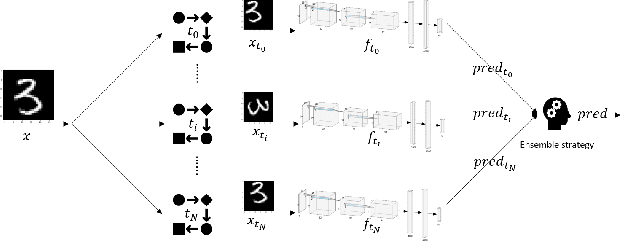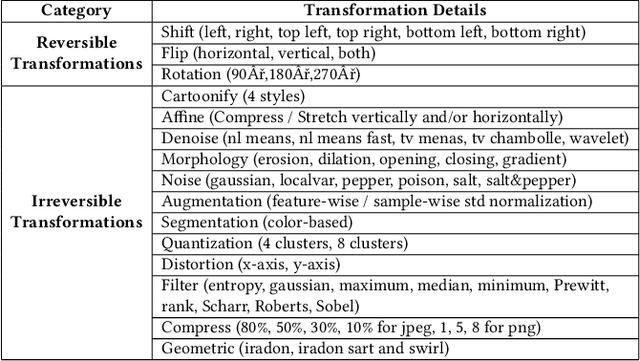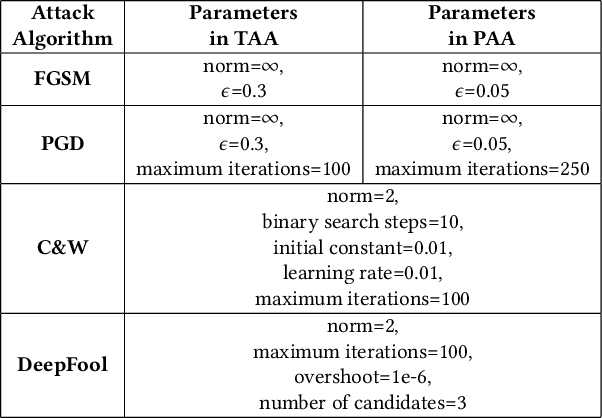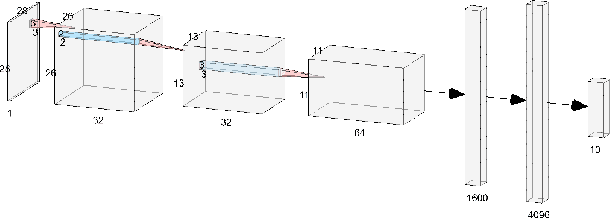Chang Liao
From Words to Molecules: A Survey of Large Language Models in Chemistry
Feb 02, 2024Abstract:In recent years, Large Language Models (LLMs) have achieved significant success in natural language processing (NLP) and various interdisciplinary areas. However, applying LLMs to chemistry is a complex task that requires specialized domain knowledge. This paper provides a thorough exploration of the nuanced methodologies employed in integrating LLMs into the field of chemistry, delving into the complexities and innovations at this interdisciplinary juncture. Specifically, our analysis begins with examining how molecular information is fed into LLMs through various representation and tokenization methods. We then categorize chemical LLMs into three distinct groups based on the domain and modality of their input data, and discuss approaches for integrating these inputs for LLMs. Furthermore, this paper delves into the pretraining objectives with adaptations to chemical LLMs. After that, we explore the diverse applications of LLMs in chemistry, including novel paradigms for their application in chemistry tasks. Finally, we identify promising research directions, including further integration with chemical knowledge, advancements in continual learning, and improvements in model interpretability, paving the way for groundbreaking developments in the field.
Where Does the Robustness Come from? A Study of the Transformation-based Ensemble Defence
Oct 08, 2020



Abstract:This paper aims to provide a thorough study on the effectiveness of the transformation-based ensemble defence for image classification and its reasons. It has been empirically shown that they can enhance the robustness against evasion attacks, while there is little analysis on the reasons. In particular, it is not clear whether the robustness improvement is a result of transformation or ensemble. In this paper, we design two adaptive attacks to better evaluate the transformation-based ensemble defence. We conduct experiments to show that 1) the transferability of adversarial examples exists among the models trained on data records after different reversible transformations; 2) the robustness gained through transformation-based ensemble is limited; 3) this limited robustness is mainly from the irreversible transformations rather than the ensemble of a number of models; and 4) blindly increasing the number of sub-models in a transformation-based ensemble does not bring extra robustness gain.
* The 27th ACM Conference on Computer and Communications Security (CCS) Workshop, AISec 2020
 Add to Chrome
Add to Chrome Add to Firefox
Add to Firefox Add to Edge
Add to Edge